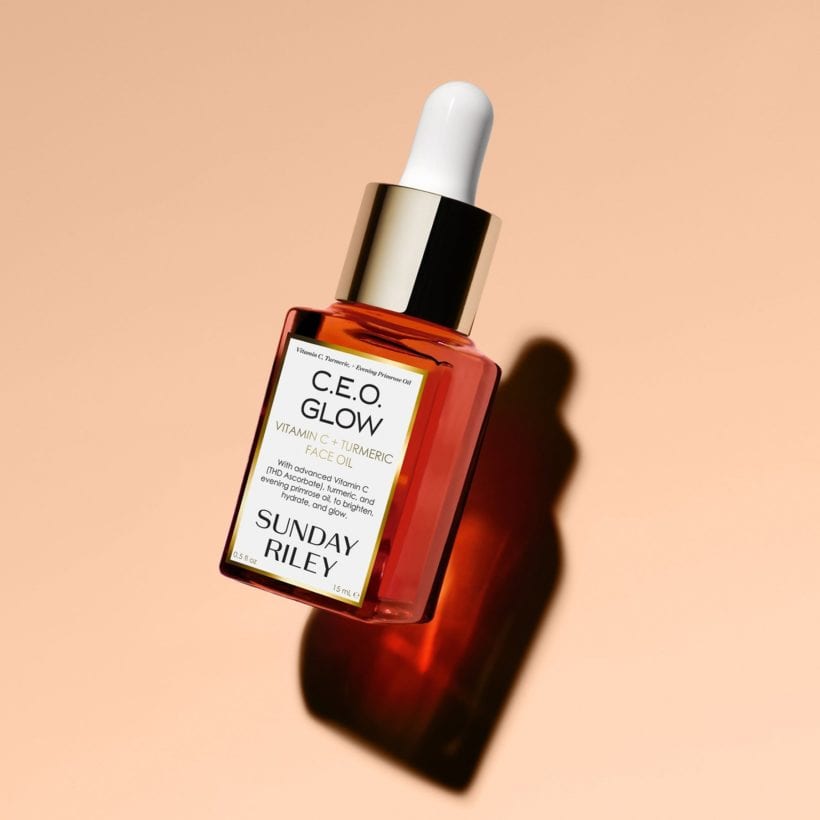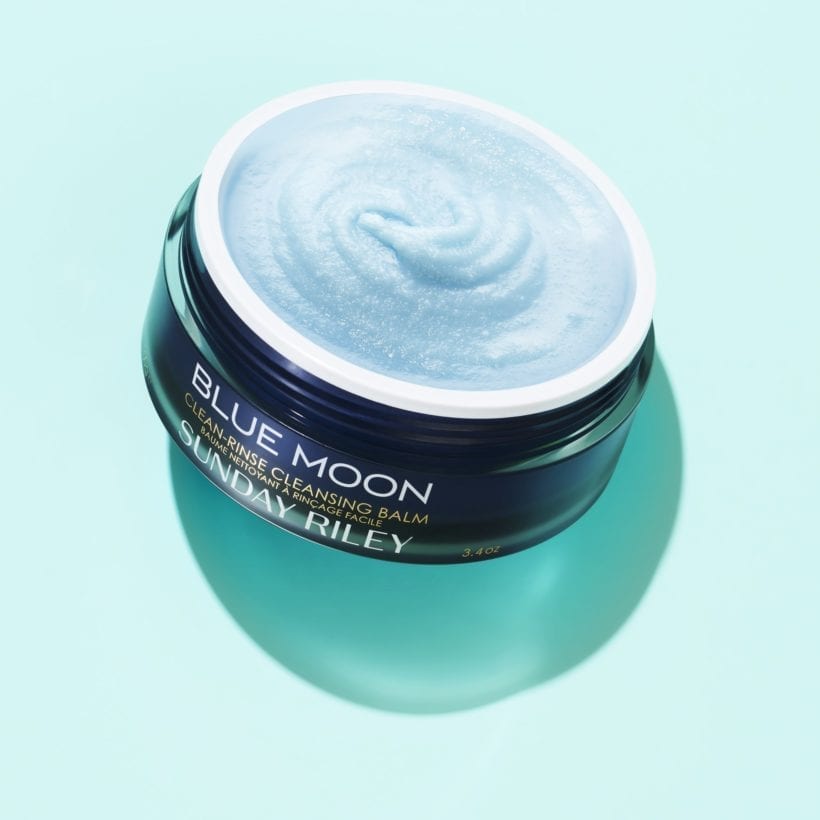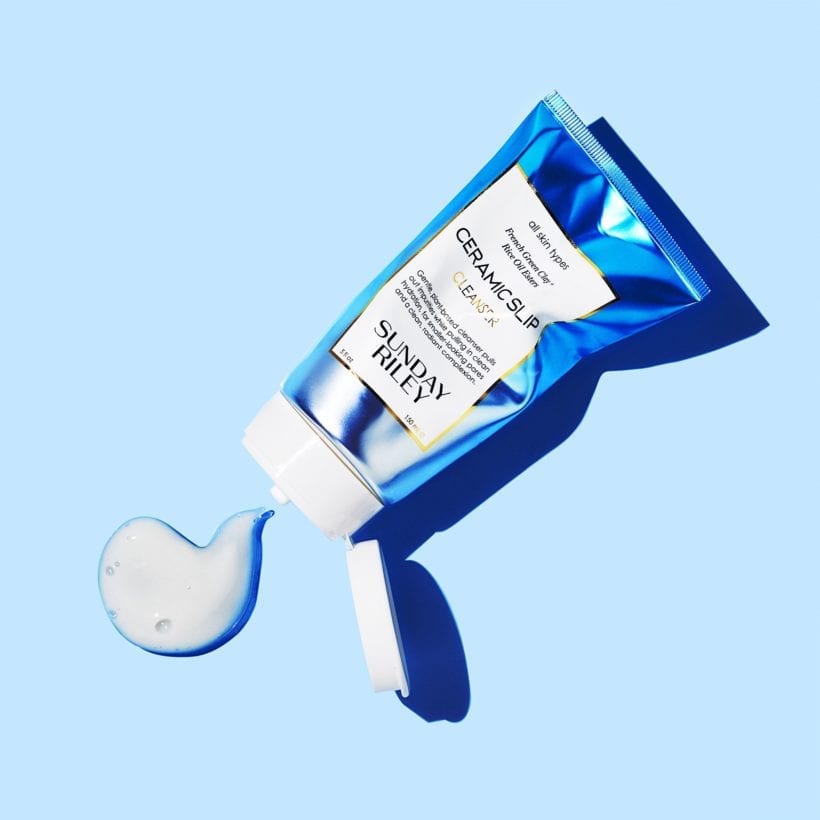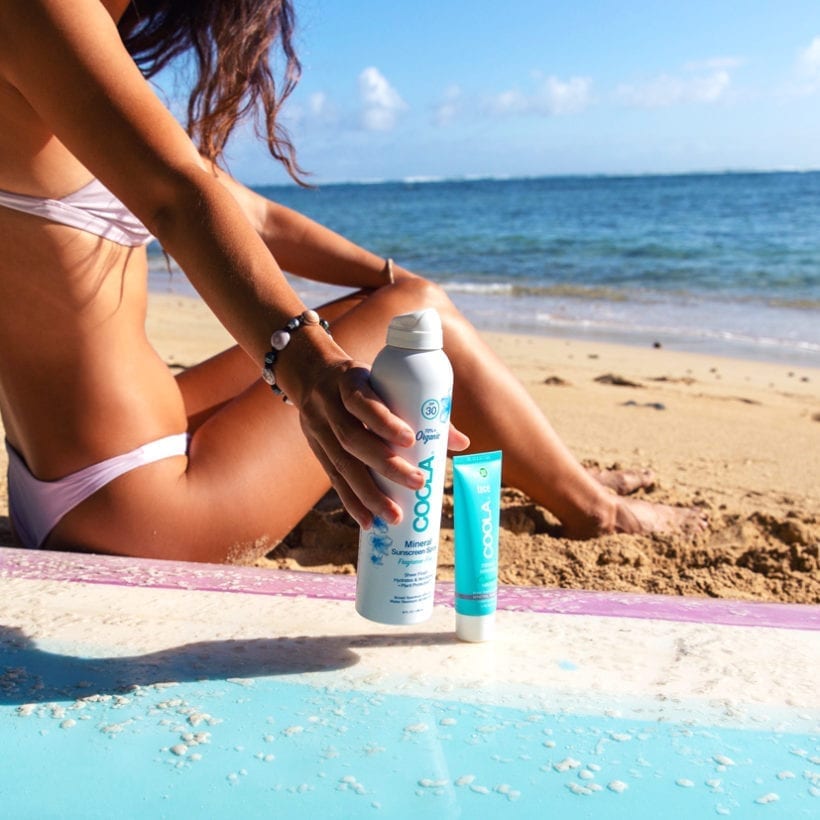Although we know by now the importance of sunscreen, some of us still never fail to come up with excuses not to use it every day: too sticky, too ashy, too greasy. But the biggest turn-off? When sunscreen causes breakouts.
Sunscreen is a must-have all year, but the summertime is arguably the most crucial season to slather it on since most of us spend more time outdoors than usual, and the UV index is at its highest. “Sunscreen protects from melanoma and UV light damage that leads to the breakdown of elastin,” says Jennifer DeMaio, founder of FACE Aesthetic Artistry.

But in the summer, when your skin is already more prone to acne and breakouts thanks to an increase of oil and sweat, it can make you more hesitant to layer on sunscreen for fear of clogged pores. “When it’s hot out, the body cools itself by creating moisture. However, more sweat can increase bacteria that can ultimately cause more breakouts,” DeMaio explains. In the summer, we tend to sweat heavily in more places, so the chest, back, shoulders, and hairline can all be more prone to breakouts. Furthermore, these areas with a higher concentration of sweat glands tend to break out more, and we often neglect them when washing at the end of the day, says Diane Madfes, MD, FAAD, a board-certified dermatologist.
Meet the Experts
Jennifer DeMaio is the Founder of FACE Aesthetic Artistry, certified aesthetic nurse specialist, and board-certified family nurse practitioner.
Dr. Libby Rhee is as board-certified dermatologist, dermatology advisor for Ro Derm, and founder at Liora Dermatology & Aesthetics
So how can people with acne-prone skin still protect their complexion during these hot summer months? Here’s everything you need to know about wearing sunscreen this season without dealing with breakouts.
Layer on an antioxidant
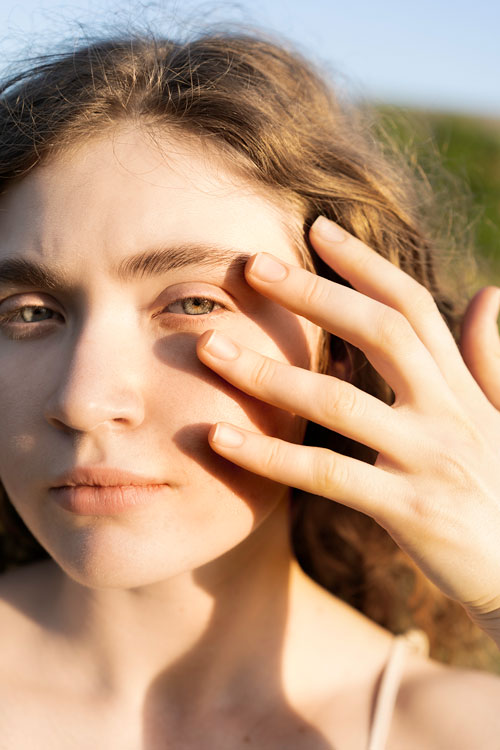
Antioxidants are crucial skincare ingredients for blocking out free radicals, which cause age-related damage to the skin. Although antioxidants alone may not inhibit the formation of pimples, Dr. Madfes says they can help with inflammation associated with UV exposure. “Studies show vitamin C is very effective as a beneficial antioxidant to layer under sunscreen to mitigate breakouts,” she shares.
Apply an antioxidant like Sunday Riley C.E.O. Glow Vitamin C and Turmeric Face Oil after cleansing. “Mitigating inflammation through antioxidants also soothes and protects the skin,” says board-certified dermatologist Dr. Libby Rhee. Vitamin C-based formulas are her favorite antioxidants “because it also helps brighten the skin with regular use.”
However, what you layer on your skin and immediately under your sunscreen is only part of the solution. “How you treat your skin around the clock is super important when warding off breakouts during the day, especially during the summer when the extra heat, humidity, and sweat can all contribute to more clogged pores,” says Dr. Rhee.
Do a double cleanse
Since sunscreen is meant to protect your skin from powerful UVA and UVB rays, it’s often formulated to ensure it has extra staying powers. It has a layer of micronized ingredients that linger on the skin and “collect in the base of the glands,” says Dr. Madfes. Many times it’s not the formula itself that’s causing breakouts, but it’s because we’re not adequately removing it off our skin at the end of the day. Double cleansing is the best way to thoroughly remove every last trace of sunscreen. Don’t forget the hairline and under the jaw, where sweat and sunscreen can trickle down.

To perform a double cleanse, you’ll need two different cleansers: first, use an oil-based cleanser or a balm (like Sunday Riley Blue Moon Clean Rinse Cleansing Balm) to break down the sunscreen and makeup, followed by a more traditional cleanser (like Sunday Riley Ceramic Slip Cleanser) to wash away the balm and sunscreen byproducts. Or you can use micellar water, which Dr. Madfes says is great for removing sunscreen and dead skin cells.
In addition to double cleansing the skin at the end of the day, DeMaio also recommends washing it twice per day during the summer. “We are prone to sweating, and therefore, our skin requires a twice-daily cleanse to prevent breakouts caused by the bacteria from sweat,” she says.
Look for oil-free formulas
Heavy and occlusive sunscreens, which can clog the pores, should be avoided, says Dr. Rhee. Oil-free, non-comedogenic sunscreens are best for those who regularly suffer from acne and breakouts. “Technically, anything, not just sunscreen, can clog the pores and contribute to breakouts. That’s why there are so many different sunscreen formulations available, from lotions and creams to serums, sticks, powders, and more,” says Dr. Rhee. “Some products are more occlusive than others, leading to clogged pores and breakouts. This tendency further exacerbates if your breakouts are not well controlled or you find yourself sweating in the summer.” Dr. Rhee prefers lightweight mineral blockers and says sheer lotions are great for necks, chest, back, and other body areas prone to acne.
Sunday Riley Light Hearted Broad Spectrum SPF 30 Sunscreen is a lightweight, breathable formula that’s both a mineral and chemical sunscreen. The 99.99% oil-free formulation is perfect for all skin types and tones. In addition to leaving behind a silky, non-greasy texture, it reduces the look of pores — not clogs them.
Always apply face-specific SPF
The skin on our faces is different from the skin on our bodies. “The ingredients in facial sunscreens are gentle and designed specifically to be used on the face. Facial products contain different ingredients for different uses, just like body washes or lotions do,” says DeMaio. Some body sunscreens tend to be thicker in formulation or even have a bit of sheen to them — if your skin easily breaks out, you’ll want to steer clear of sunscreens with added ingredients like these.
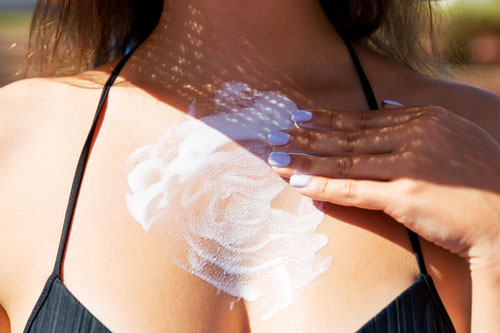
Face formulations tend to have less or no fragrance to avoid irritating and inflaming the skin. Dr. Madfes says facial sunscreens tend to be more eloquent, easier to apply, and a little more expensive. “The newer facial formulas are sophisticated with ingredients like hyaluronic acid, antioxidants, and DNA repair enzymes,” she adds. Light Hearted is packed with antioxidant turmeric to calm redness and even out the appearance of your skin.
Don’t be fooled by clear skin when you skip SPF
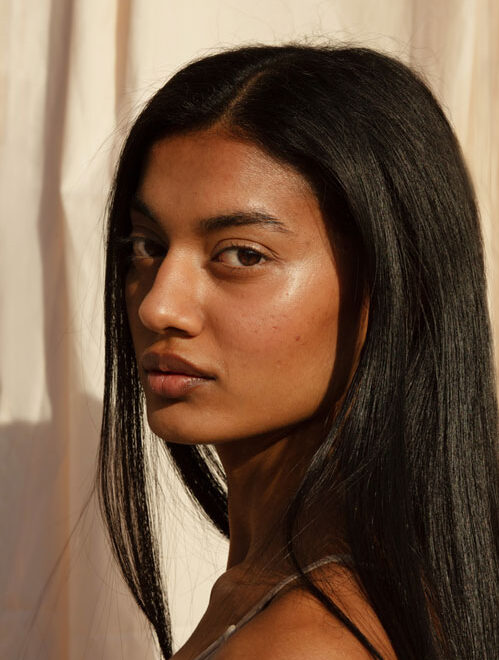
Dr. Rhee explains not using sunscreen can undoubtedly lead to more inflammation on the skin due to harmful UV rays. “Some may feel like the sun ‘dries’ the skin out from excess oil, leading to initially clearer skin. But, over time, however, those initial effects are overshadowed by widened pores, more sebaceous gland activity — increasingly oilier skin — more redness and dark spots, and more breakouts,” she says.
That golden glow from a day out in the sun might also be masking what’s brewing underneath. “Tanned skin may camouflage acne breakouts, but the skin becomes damaged from UV rays, and inflammation from the acne can cause damage to their collagen,” says Dr. Madfes. Sunburns cause inflammation deep within the skin and on the surface, and pimples are a direct byproduct of inflammation.
Not wearing sun protection on your face and body is more detrimental in the long term than its seemingly short-term benefits, so show your skin the TLC it deserved with a daily SPF that makes you look forward to your skincare routine every day. Your skin will thank you.
We only recommend products we have independently researched, tested, and loved. If you purchase a product found through our links, Sunday Edit may earn an affiliate commission.

